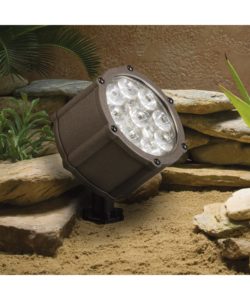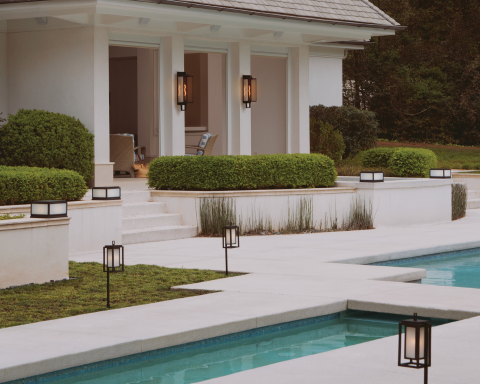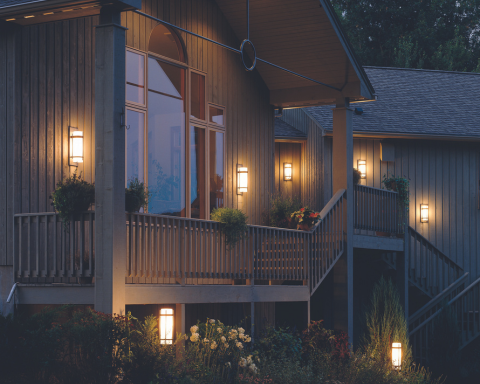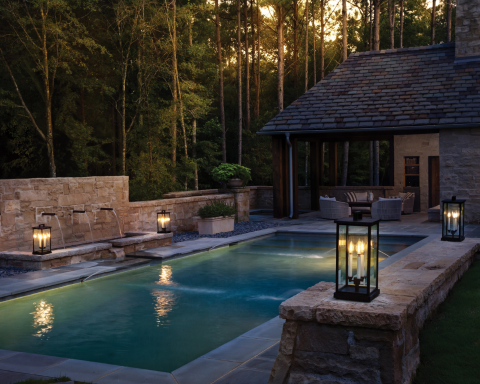Free Ground Shipping on Orders Over $49 Details & Exclusions Excludes Curb Side Delivery (LTL). Lower 48 United States Only.
Jul 12, 2018
Uplighting & Downlighting: When To Use Each
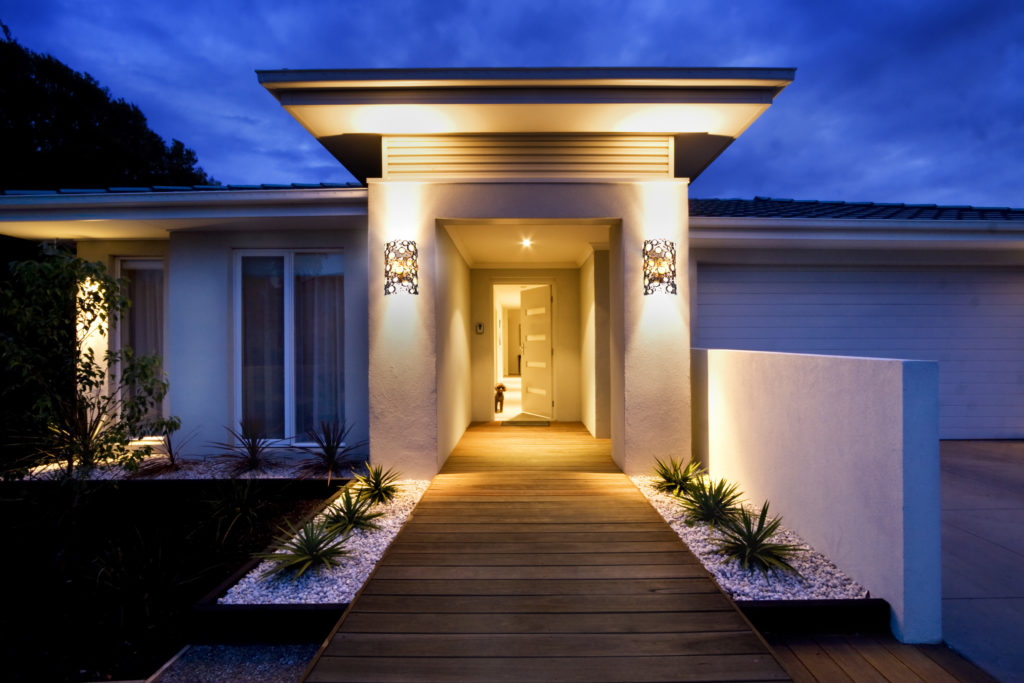
Your choice of lighting is a quintessential part of your home’s ambiance. Choosing the right uplighting/downlighting layout can create a subtle yet stunning outdoor lighting atmosphere that you crave for your home’s exterior.
Although lighting experts and landscaping pros seem to speak their own lingo, understanding the meaning of the term uplighting/downlighting is as obvious as it seems. Uplighting refers to lights that are mounted to shine their light upward and are installed at low or ground level. Downlighting refers to lights that shine their light downward; so they would be installed at a higher to point to create this downward light effect.
Now that we understand the general meaning of the terms, let’s get to the fun part – working out what your unique uplighting/downlighting configuration might look like!
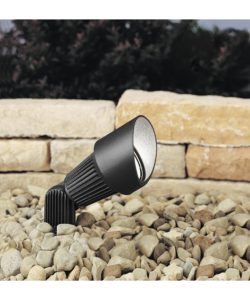
Kichler 7-Inch Outdoor Spot Light is perfect for shining light on your favorite home exterior features!
What should you uplight? Common features to uplight in your home’s exterior include special, large or unique trees, architectural features or columns as well as garden features. Uplights are also a perfect choice to illuminate something that is taller. The beauty of these type of features in your home’s exterior can be lost without the correct choice of outdoor lighting.
In addition to highlighting the best features of your home’s exterior, uplighting also:
- Creates captivating shadows in your landscape
- Adds depth to outdoor walls, fences or other flat surfaces
- Layers on extra light for safety and security purposes
- Outlines space boundaries in your outdoor design
There are many types of uplights available to serve a multitude of backyard lighting needs, including bullet (or spot) uplights such as the Kichler 7-Inch Outdoor Spot Light that offer a narrow spot beam, perfect for shining light on your favorite home exterior features!
What should you downlight? Downlighting is great for adding a layer of depth to your beautiful exterior landscape and creates that warm, welcoming feel that everyone wants their home to have! Downlighting is often used for landscape beds, water features or any of your favorite ground-level focal points that you want to call attention to once the sun goes down. Downlighting also provides an element of safety and visibility to outdoor seating areas as well as pathways around your home.
If you want to add a beautiful effect to downlighting, we recommend you look into Moonlighting. Moonlighting is a trending downlighting technique that, if done correctly, can replicate the beauty of the moon’s light exactly where you want it!
Here’s how moonlighting works:
- You affix a light fixture, such as the the Kichler 6-Inch Outdoor Spot Light, high up in a tree and point its beam downward to replicate the moon shining down on your favorite area of your home’s exterior. Moonlighting is a fantastic choice for entertainment areas such as patios or pools, where you and your guests can relax under the light of the “moon.”
When is uplighting the way to go? When is downlighting the way to go? Now that we’ve whet your whistle for downlighting/uplighting techniques that you can use to enhance the exterior of your home’s ambiance, improve the overall look and feel and even add another layer of security, you might feel overwhelmed by all the choices. Not to worry, we’ve summarized all these best practices so you can get started.
When to choose uplighting: Uplighting is an amazing way to light up your favorite parts of your home’s exterior – whether it’s your favorite tree, an architectural column or a hardscape in your garden that you want to make sure receives the attention it deserves. As a general rule of thumb, uplighting is used for adding contrast and showing off an element of your exterior. It is best used for structures or elements that rise up from the ground.
When to choose downlighting: Downlighting requires something at a higher level that the light can be affixed to and works best in areas where you want to light up an area or feature that is closer to the ground. It can also be essential in areas where you are concerned that a light could be tripped over or walked upon. Downlighting is more subtle than uplighting making it better suited for areas where pathways or seating areas that need only to be slightly illuminated, for example.
Can’t choose, don’t. Choose both uplighting/downlighting for the win-win! Just like any element of exterior design, the best techniques will often compliment each other. The same is true for uplighting/downlighting. Uplights and downlights are actually better when used in unison to create the combination of subtle and dramatic lighting for your outdoor living space. Layering your landscape lighting with uplighting to highlight certain architectural features, statuary or foliage as well as using downlighting to direct light sources toward ground level elements such as low-growing plants, sitting areas and water features is the ultimate win-win.
How downlighting and uplighting work together:
- Uplighting can soften the area where the downlighting begins at ground level, making it more subtle, so it appears more natural.
- Both techniques combined add a wide variety of angles of light, creating a more natural feel – such as you would see in nature.
- Using both uplighting and downlighting allows you to guide the eyes toward certain areas of your exterior while supporting other areas subtly with mood-enhancing light.
A note about LED up/downlights: LED up/downlights are an excellent choice as you plan out the perfect lighting configuration for your home’s exterior. LED up/downlights such as the Kichler Energy Smart 4-Inch Outdoor Spot Light from Capitol Lighting’s complete collection of lighting products can help you achieve nearly any of your exterior lighting goals!
- LED up/downlights offer many advantages such as:
- Ease of installation and maintenance
- Eco-friendly and energy-efficient
- Cutting-edge technology
- Versatility and long-lasting
Enjoying your backyard lighting adds an entirely new dimension to your home. Whether you’re entertaining (and impressing) your friends or just unwinding with your family after a long day at the office, your choice of uplighting/downlighting can transform your home into your personal paradise. While uplighting and downlighting serve unique purposes, they work best when used in tandem. Finding the balance between the captivating and the subtle is how you will create the exterior living space worthy of more of your time, enjoyment and, of course, relaxation.
– The Capitol Lighting Team
Browse our complete collection of uplighting/downlighting here.

